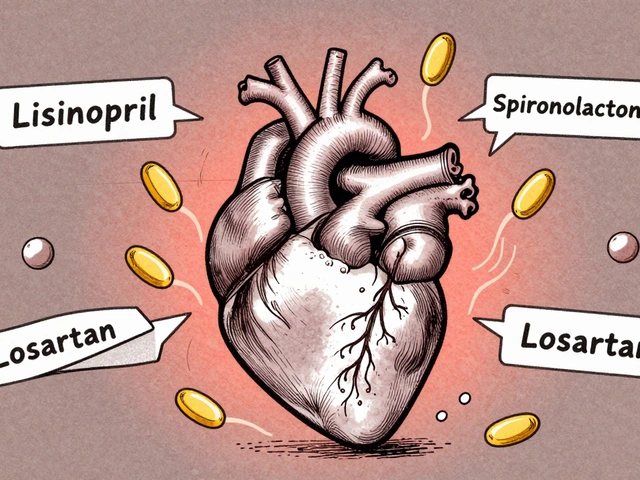Megaloblastic Anemia – What It Is and How to Manage It
If your doctor mentioned "megaloblastic anemia" and you felt lost, you’re not alone. It’s a type of anemia where red blood cells grow bigger than normal and can’t carry oxygen well. The result? You feel tired, short of breath, and sometimes get a sore tongue. The good news is that most cases are linked to simple nutrient gaps or medicines you might already be taking.
Common Causes and Risk Factors
The two big culprits are vitamin B12 and folate (vitamin B9). Not getting enough of either in your diet or having trouble absorbing them can trigger megaloblastic anemia. Foods rich in B12 include meat, fish, dairy, and eggs, while leafy greens, beans, and fortified cereals supply folate.
Some drugs can also deplete these vitamins. For example, long‑term use of valproic acid (a seizure medicine) can lower folate levels, making anemia more likely. If you’re on that medication, keep an eye on your blood work and talk to your doctor about a supplement.
Other risk factors are stomach problems that affect absorption, like pernicious anemia, celiac disease, or after certain gastric surgeries. Heavy alcohol use, smoking, and a diet that’s low in fresh produce add to the risk.
Treatment and Lifestyle Tips
The fastest way to fix megaloblastic anemia is to replace the missing vitamin. Doctors usually start with oral B12 or folate tablets, but severe cases might need shots. You’ll see energy return in a few weeks if you stick to the regimen.
Beyond pills, tweak your meals. Add a serving of fortified cereal or a B12‑rich snack like cheese or yogurt daily. Toss in a handful of spinach or a cup of lentils for folate. If you’re vegetarian or vegan, a B12 supplement is a smart move because plant foods rarely provide enough.
Stay on top of your blood tests. A simple CBC (complete blood count) will show if your red cells are back to normal size. Your doctor will also check B12 and folate levels to confirm the fix is working.
Finally, watch for symptoms that might signal a flare‑up: fatigue, pale skin, dizziness, or a weird tingling in your hands. Catching these early means you can adjust your supplement dose before things get worse.
Bottom line: megaloblastic anemia is mostly a vitamin issue, and fixing it is straightforward. Keep your diet rich in B12 and folate, monitor any meds that could interfere, and follow up with blood tests. Soon you’ll feel your usual self again, without the constant need for a nap.

Folic Acid's Role in Managing Megaloblastic Anemia for Diabetics
Folic acid plays a crucial role in preventing and managing megaloblastic anemia, especially in patients dealing with diabetes. Understanding how folic acid deficiency occurs is key to addressing this condition. It’s not just about popping a supplement; diet, lifestyle, and specific needs for diabetics can influence health outcomes. Managing anemia the right way can significantly improve one's quality of life. Let's delve into practical tips and insights on how folic acid can make a difference.




